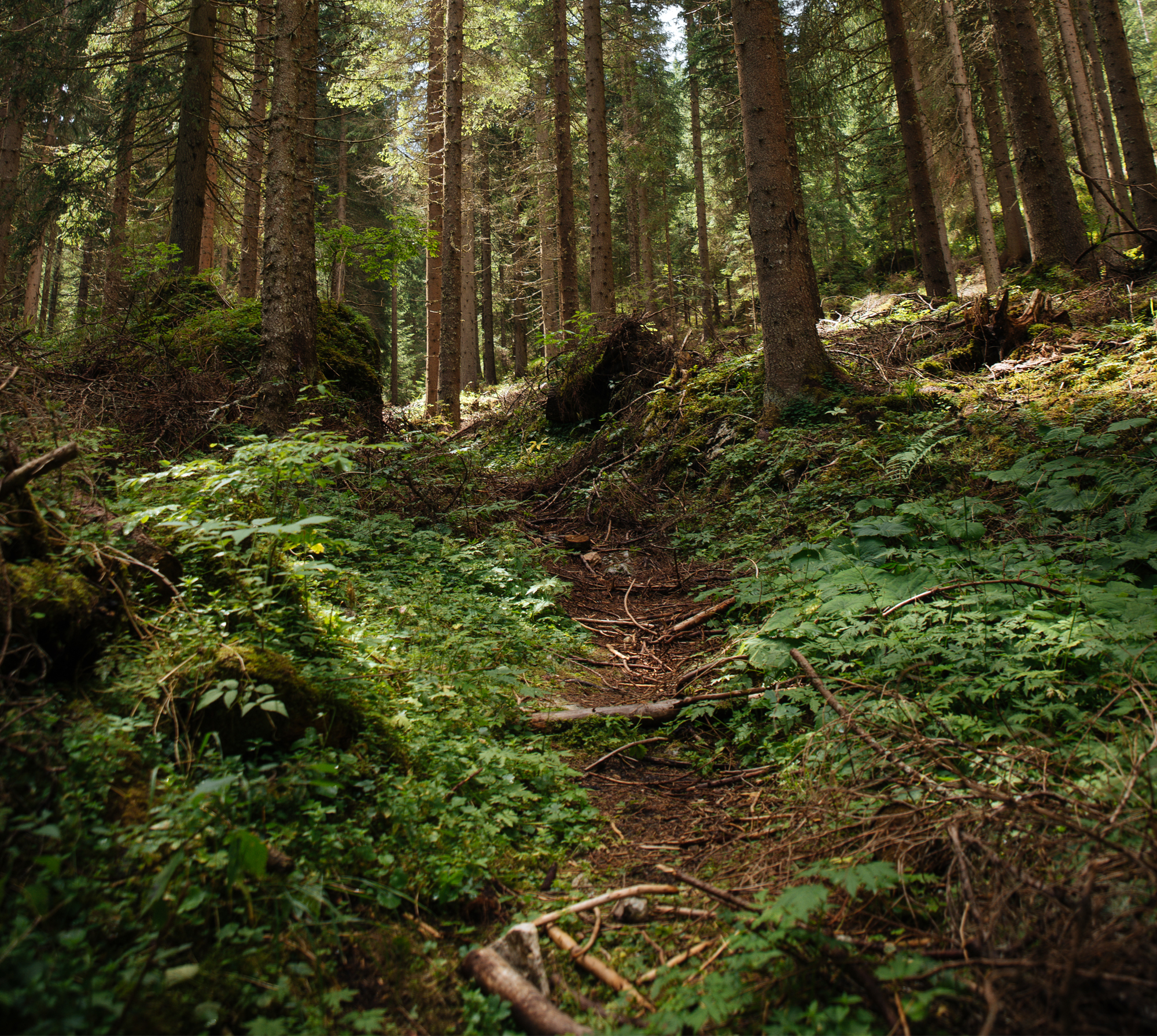
Wydajność pracy, koszty i uszkodzenia drzew przy pozyskiwaniu drewna w rębni częściowej, w drzewostanach górskich
Productivity, costs and damages caused to the remaining trees during the harvesting in the shelterwood cutting in the mountain stands
Autorzy
- Marian Suwała Instytut Badawczy Leśnictwa, Zakład Użytkowania Lasu, Sękocin Stary, 05-090 Raszyn, Poland, fax +48 227153557, e-mail: m.suwala@ibles.waw.pl
-
Stanisław Rzadkowski
Instytut Badawczy Leśnictwa Zakład Użytkowania Lasu
Sękocin-Las, 05-090 Raszyn
Abstrakt
Four technological processes of wood harvesting in the shelterwood cutting in the mountain stands of Norway spruce and European beech were investigated. In the two processes short-wood (cut-to-length) method was used while the whole-stem system in the other two. In all cases the chain saw was used for felling and other technological operations. Forwarder and skidder were than applied for wood harvesting. Processes differ also due to application of one or two-stage extraction (in the horse skidding in the first stage) as well as the distances between the strip roads – 30 and 60 m. Highest productivity (26,3–13,9 m3/8 machine hours in relation to the extraction distance, technological process and stand type), lowest costs (23–39 zł/m3) and the lowest rate of damages caused to the remaining trees in the stand (10,8–12,5%) was obtained for the cut-to-length method with the application of the forwarder.
Słowa kluczowe
| DOI | |
|---|---|
| Source | |
| Print ISSN | |
| Online ISSN |
|
| Type of article |
|
| Original title |
|
| Publisher | |
| Date | |

